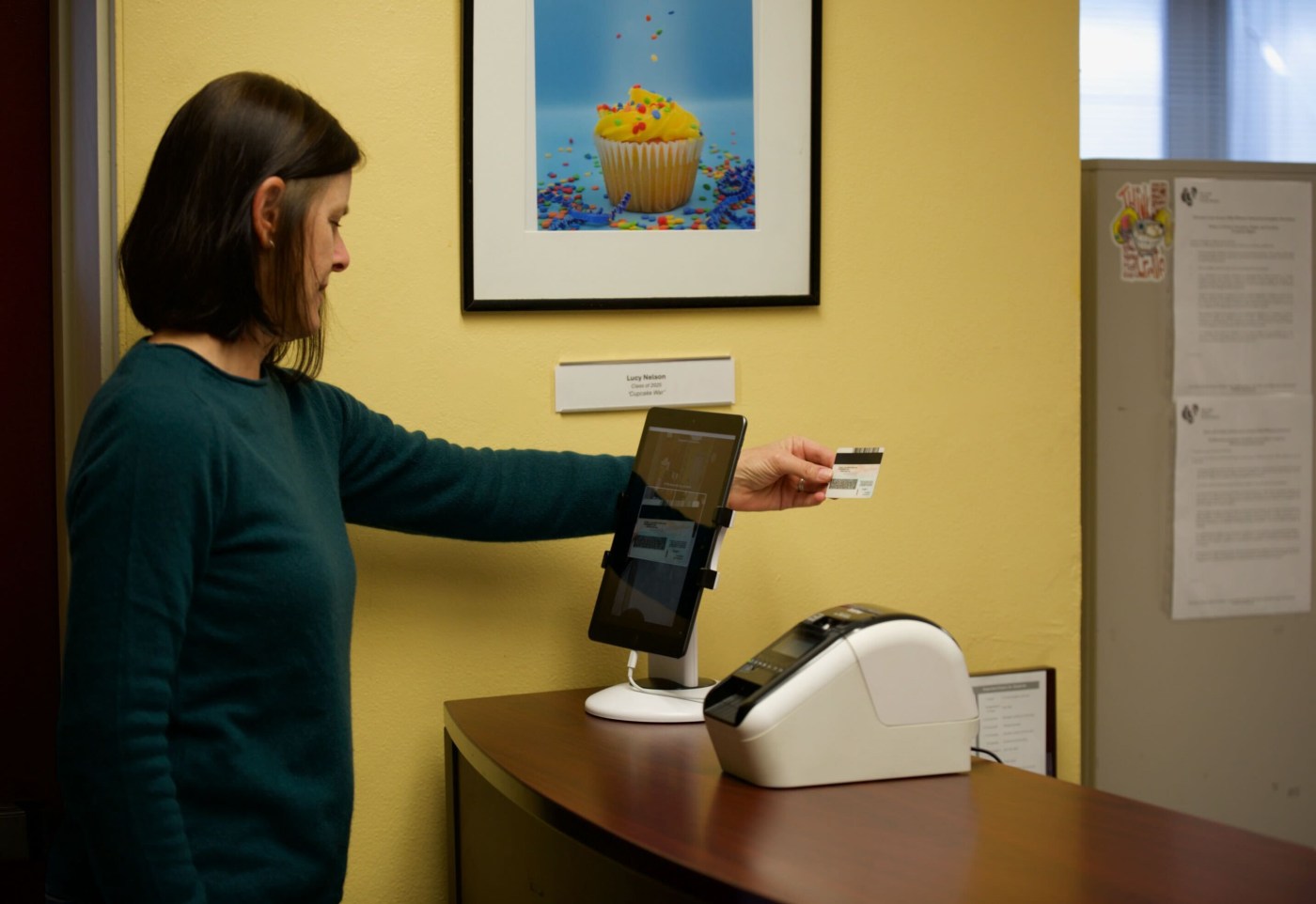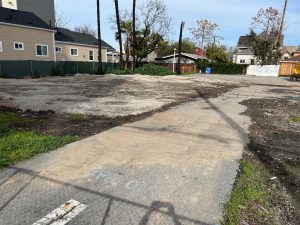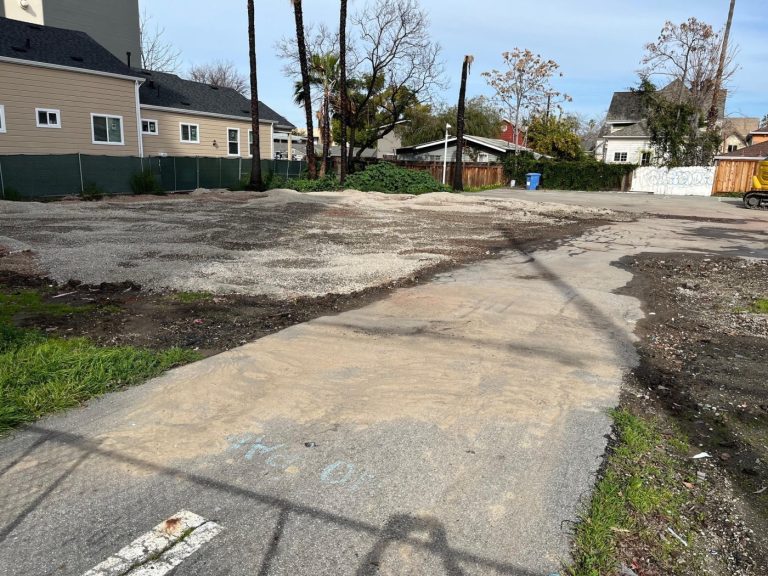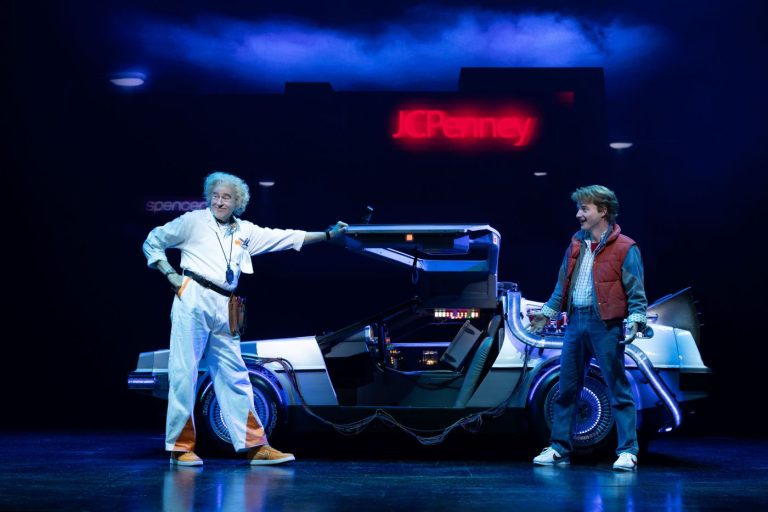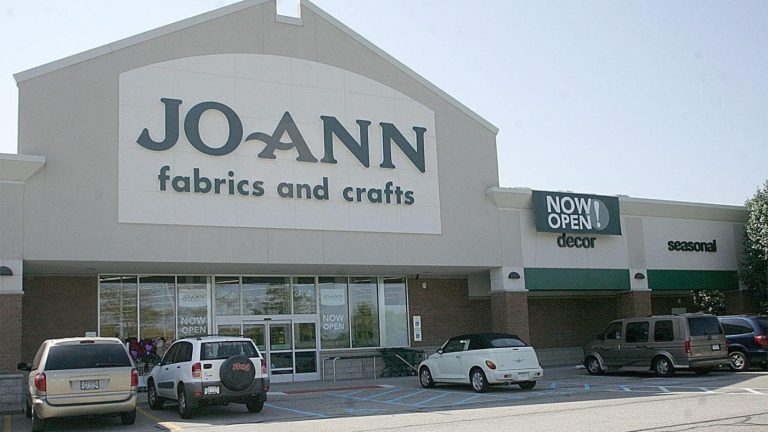Editor’s Note: This article was written for Mosaic, an independent journalism training program for high school students who report and photograph stories under the guidance of professional journalists.
After a series of security incidents on its campuses and feedback from parents, San Jose Unified School District has installed technology to electronically screen visitors at its 41 campuses.
The Raptor School Safety Suite includes a sign-in system that scans school visitor IDs and checks for registered sex offenders. And it is supposed to aid response to disasters, lockdowns and evacuations — an in-demand feature given that 67% of public schools experienced at least one violent incident during the 2021-22 school year, according to the National Center for Education Statistics.
A 2024 Santa Clara Civil Grand Jury report said that San Jose Unified lacked consistency in both safety event preparedness and responses. The district experienced swatting (false shooting threats) at Abraham Lincoln High School in 2022, gun threats from students at Willow Glen High School in 2023 and an intruder recording students in the girls’ locker room at Bret Harte Middle School last October.
In response, administrators, teachers and parents have worked to make schools safer.
When San Jose High School recently issued a shelter-in-place order, the Raptor system quickly notified teachers and staff, said senior Gabriel Ruiz Flores, who is an alternate student member of the district school board. He said that the district is experimenting with Raptor in drills. The district did not respond to a request for comment.
Nilomi Patel, a parent of a sixth grader at Bret Harte Middle School and a junior at Leland High School, applauds the new technology, because some schools do not have fences enclosing their campuses.
“After a false social media threat at Leland High School last semester, I remember thinking how easy it is to get onto campus,” Patel said. “Given the world that we are living in now, safety is one of the biggest concerns as a parent.”
Other students, like Pioneer High School senior Frankie Bowen, are hopeful but cautious about the new technology.
He said that on Feb. 7, a teacher accidentally triggered a shelter-in-place drill earlier than the scheduled time. “I hope we don’t completely rely on Raptor and cut out other forms of communication, because technology isn’t perfect,” Bowen said.
At Leland High, sophomore Anderson Lin recalled a man with a knife entering campus from a parking lot last November. No one was harmed, and school officials contacted the police.
The man was not threatening anyone and may have been picking up cans for money, Lin said. “Since then, they’ve had staff on golf carts running the perimeter during lunch, and that helps. Hopefully, the Raptor system will prevent incidents like this from happening again.”
Across the state, safety has emerged as a bargaining issue for teachers and school districts.
In January, the San Jose Teachers Association outlined school safety and safe working conditions for teachers as two of their three priorities.
“Employees and management are coming together to improve systems and build safer environments,” Melissa Urbain, the union vice president, said at the school board meeting.
Parents are also asking for broader safety discussions. That is an objective of the Why Wait Project, an initiative co-founded in 2023 by Trudi McCanna, parent of both a Abraham Lincoln High School graduate and a Willow Glen High School student. She wrote a letter signed by 300 parents asking the school board to put school safety on its agendas.
The Why Wait Project is pushing for a districtwide approach to school safety to replace the current system, based on California Education Code, where individual school site councils handle safety. Each site council — composed of students, staff, parents and administrators — develops its own safety plan to prepare for emergencies, natural disasters, hate crimes and harassment.
McCanna believes this school-by-school system can cause discrepancies.
“If every school is designing these things individually, it really doesn’t make our whole community safer,” she said.
The Why Wait Project recommends hiring a safety director, creating a districtwide safety task force and having safety discussed at district board meetings rather than at each school.
Maren Sederquist, chair of the Willow Glen High site council, also wants to see more communication and collaboration.
“If the district really wants all of the schools to be as safe as possible, it would benefit from hearing from all of us and we can all learn from each other,” she said. “There will have to be variance at the different campuses, but there are so many things that apply to all of the schools.”
Others disagree.
“There are so many different factors, layouts, and ways things can happen. So ultimately, I think it has to be decided from school to school. We get the people who know the school the best to really see what’s the safest option for students,” Flores said.
Why Wait Project cofounder McCanna cautions against quick solutions to a difficult problem. “What really keeps people safe is when communities are engaged in conversations about safety and working together.”
Antara Gangwal is a senior at Leland High School in San Jose.
